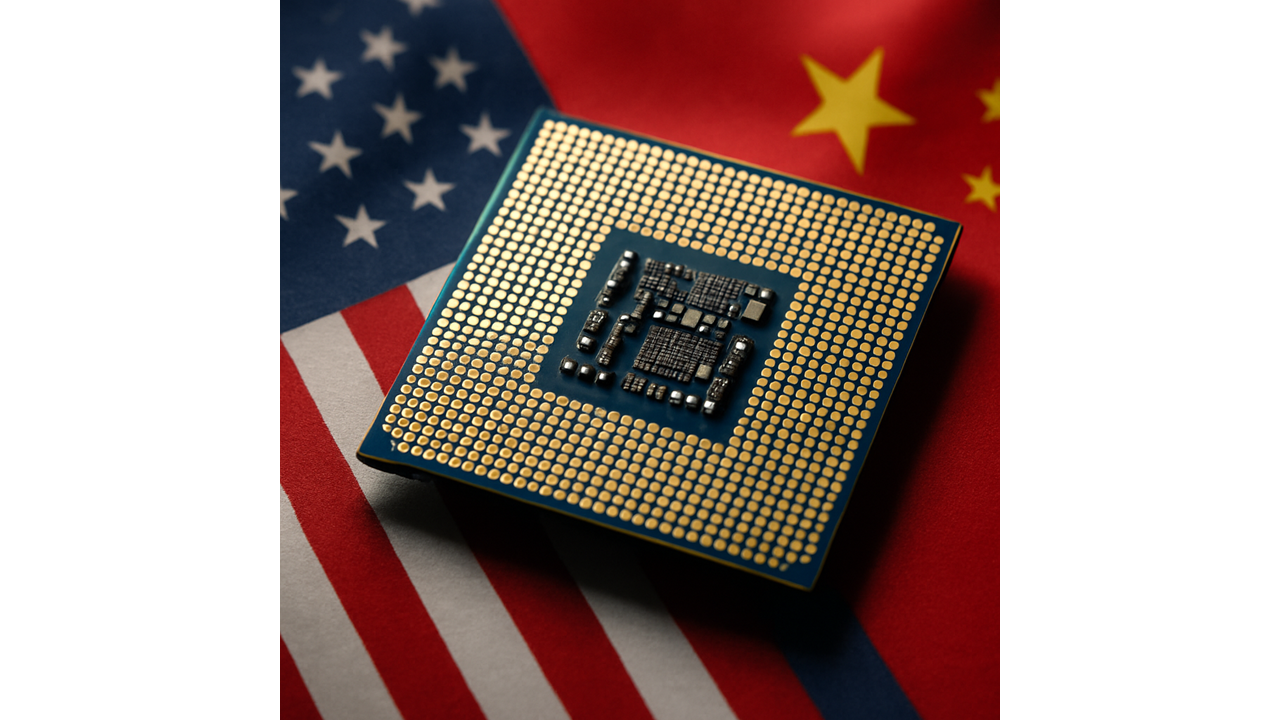
Beijing decided to carry out new export controls on rare earths and launch its own version of the US foreign direct product rule.

Beijing decided to carry out new export controls on rare earths and launch its own version of the US foreign direct product rule.
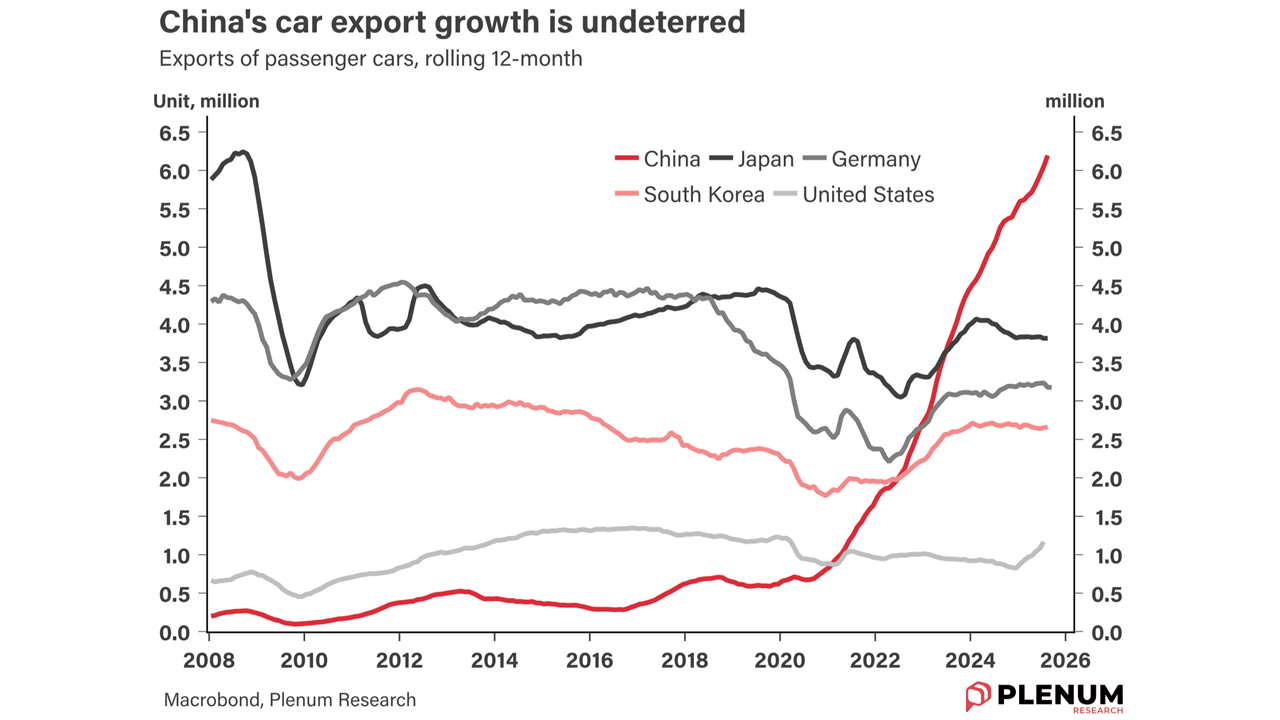
China’s passenger car exports have continued to grow rapidly, with EV exports increasing faster than ICE car exports this year.
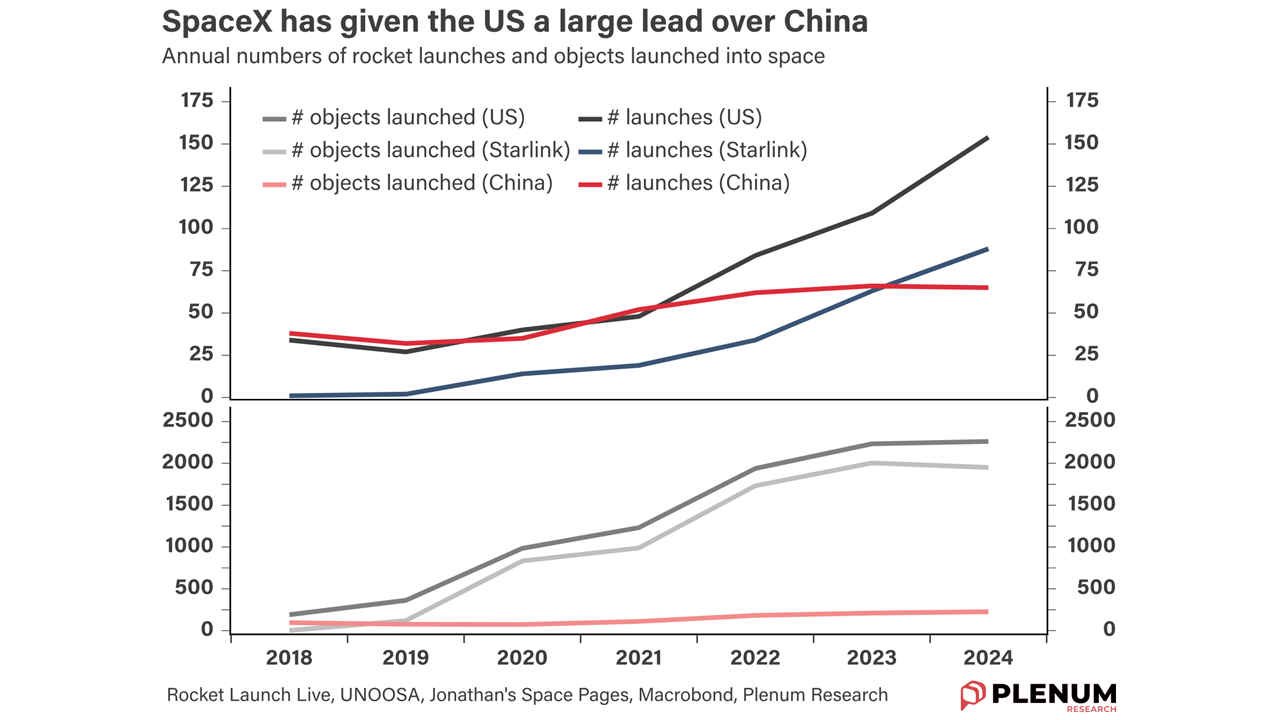
Satellite internet might only ever be a complementary service to 4G/5G in China, but local operators have their eyes on overseas markets.
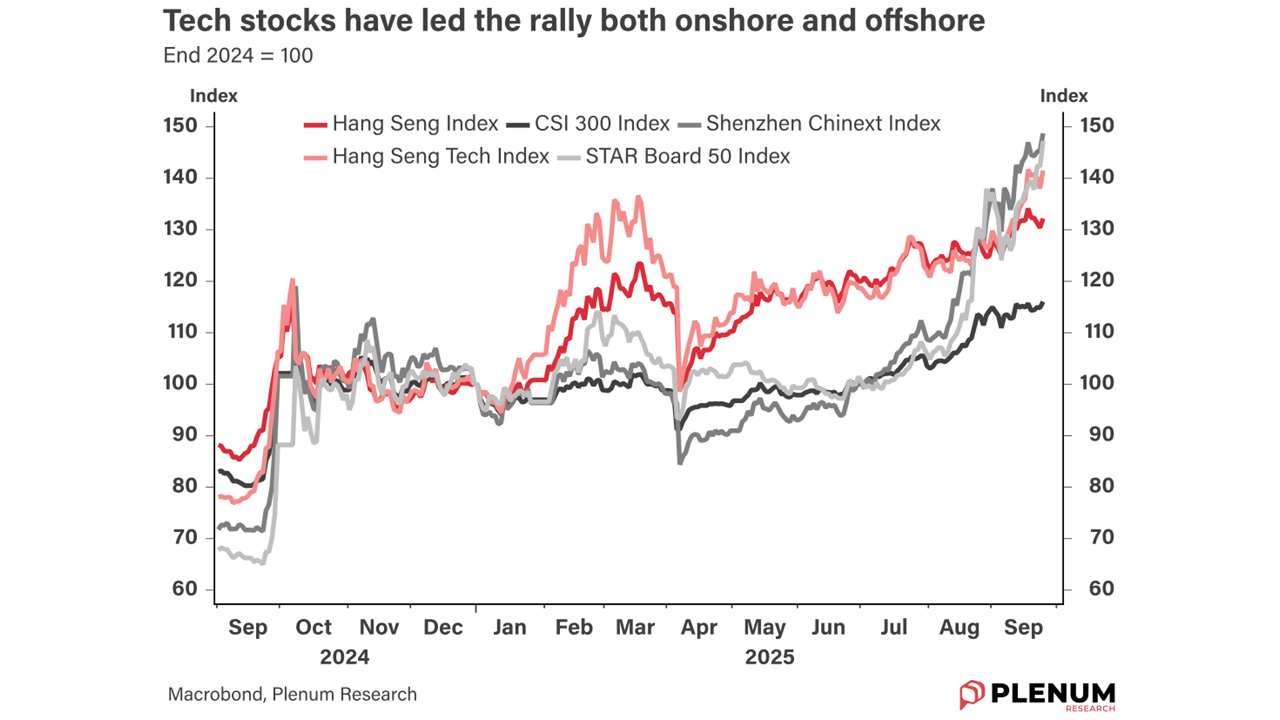
The Chinese equity rally is lasting into the fall, with tech stocks out in the lead.
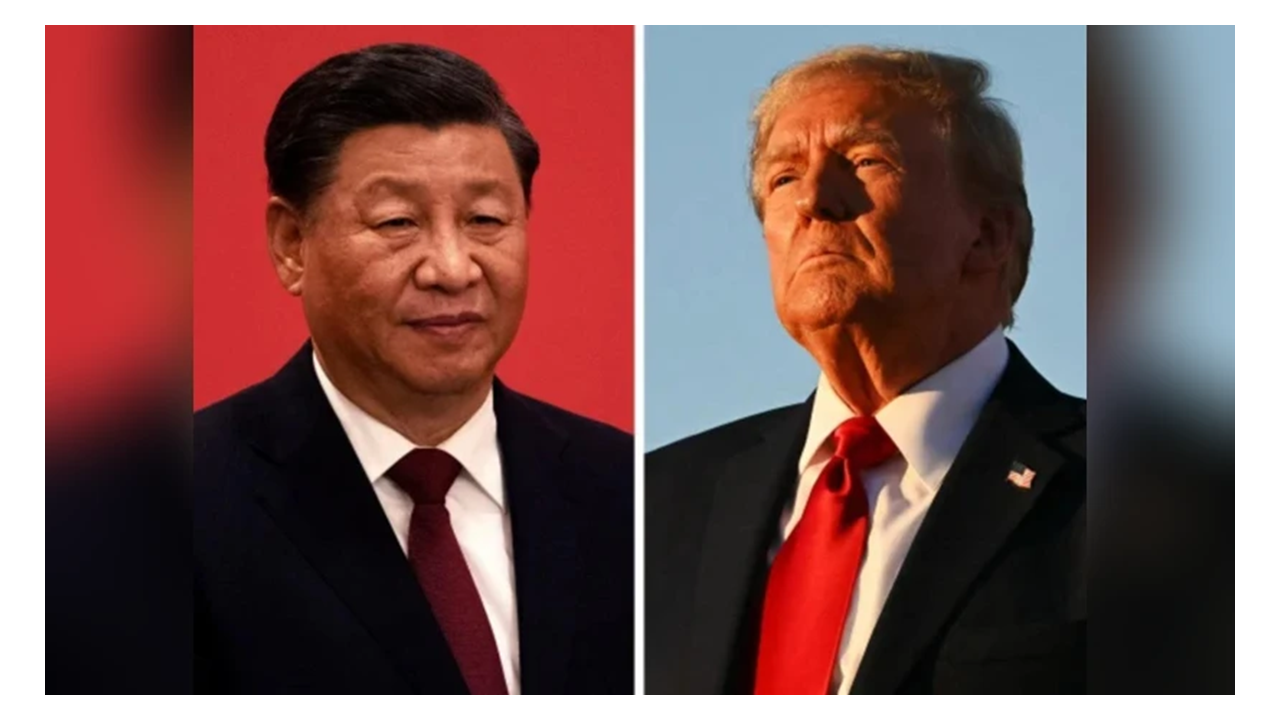
Trump and Xi will meet at APEC in October, but Trump’s China visit has been set for 2026, pointing to another tariff extension but no deal this year.

The US and China made progress during their latest trade talks in Spain, particularly on TikTok and drug-related money laundering.
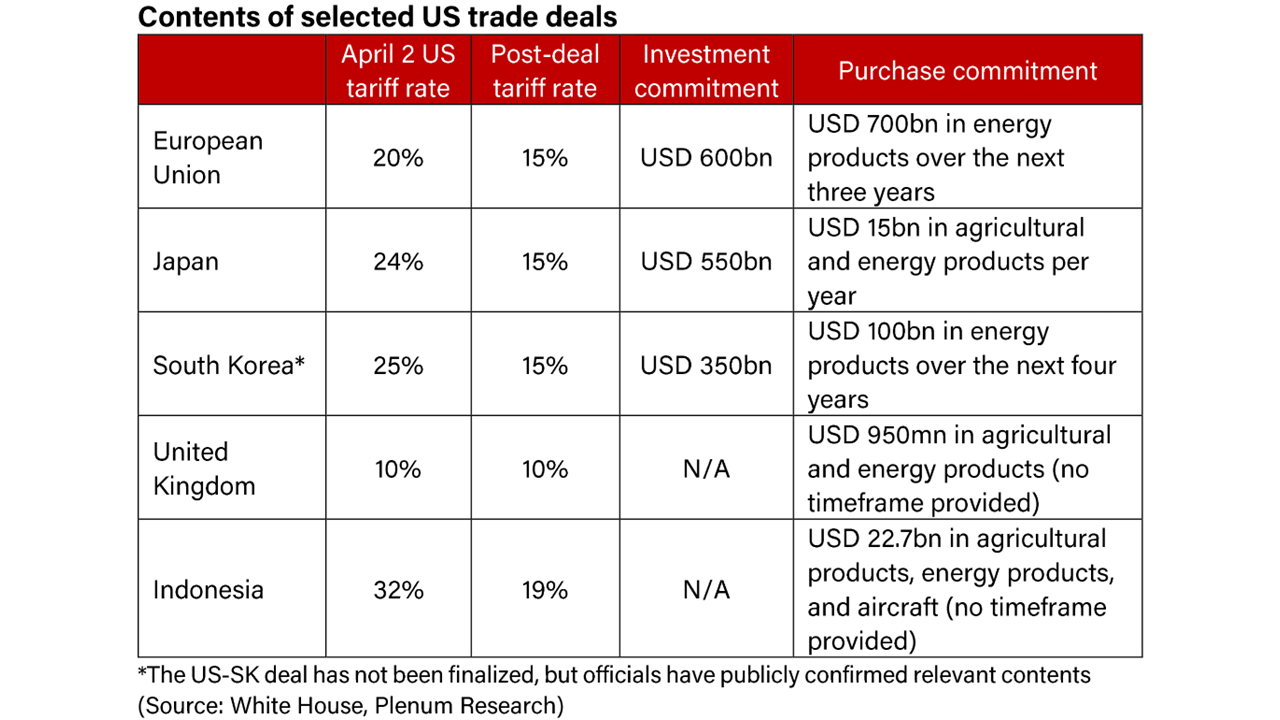
Washington and Beijing are racing to secure a Trump-Xi visit by the end of the year, but Trump has conditioned a visit on a trade deal being reached.
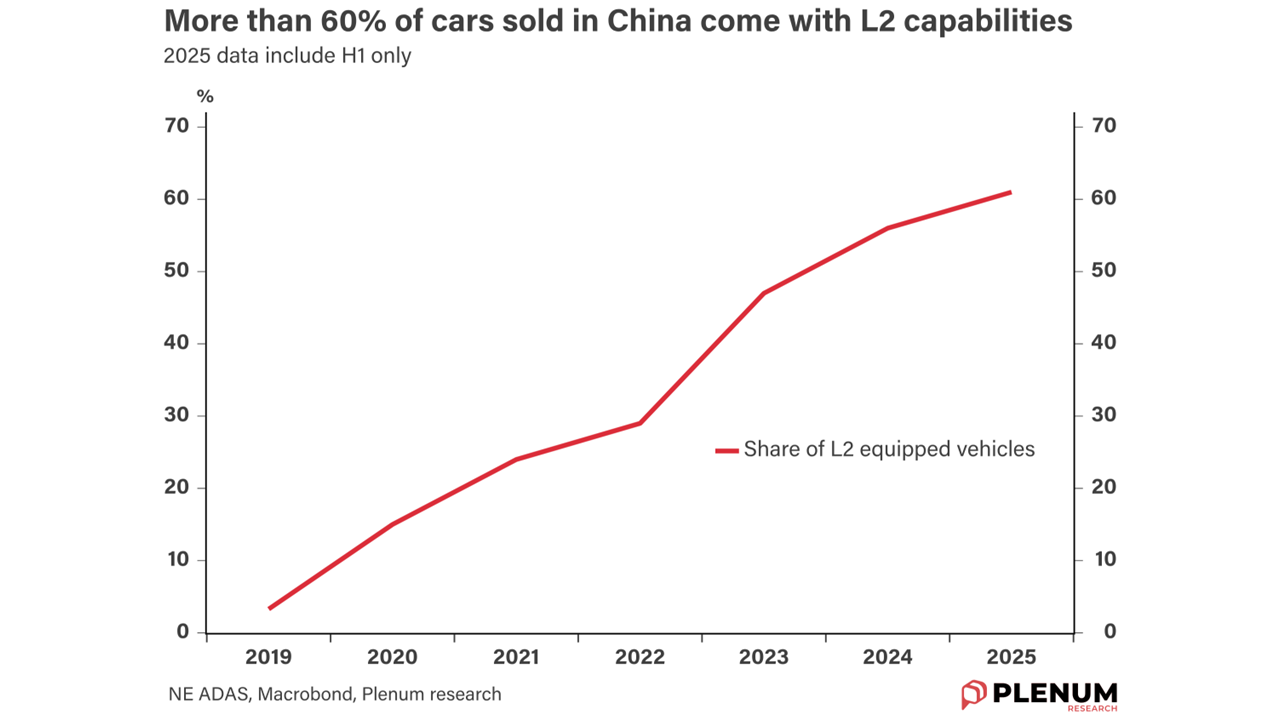
China has emerged as a leader in advanced self-driving technology, with local companies now offering an experience comparable to Tesla’s FSD in the US.
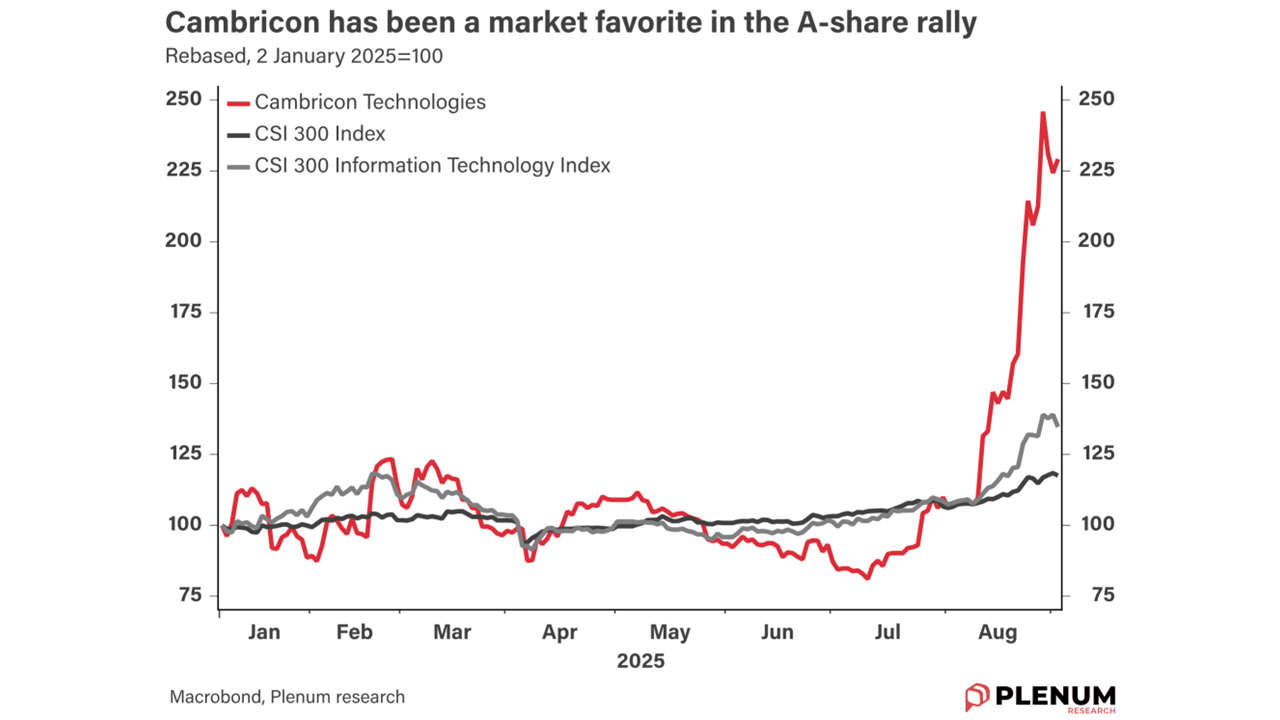
Cambricon has become a market favorite amid the recent A-share rally, supported by increased profitability and China’s booming AI demand.